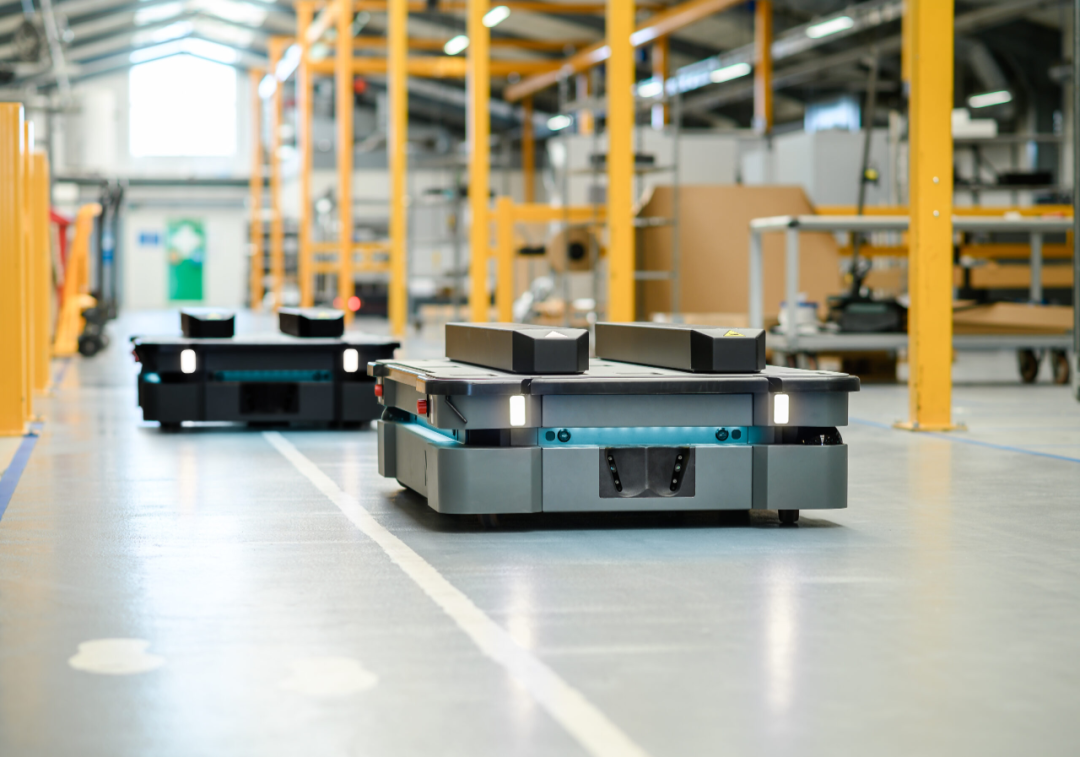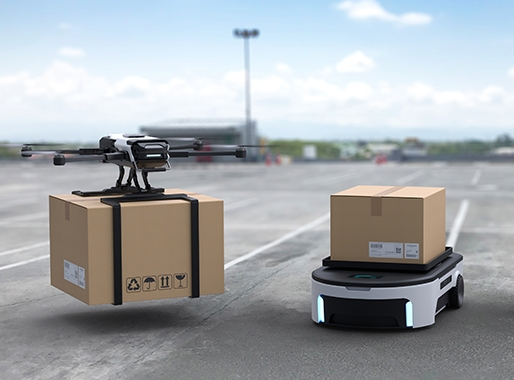
 HOME >> News >> Industry News
HOME >> News >> Industry News
As the demand for automation and robotics in the industrial sector continues to escalate, remote monitoring has become a key means to solve the problem of production stagnation. The continuing impact of the epidemic and labor shortages have further accelerated the adoption of these 1 technologies in the industrial sector. This article will discuss the importance of remote monitoring of industrial robots, analyze their advantages in improving production efficiency and reducing troubleshooting costs, and look forward to the possible opportunities that these 1 technologies bring to robot integrators and manufacturers.

For many integrators, this is a common scenario: a robot fails on the production line, causing the entire production line to stall. Every hour of downtime costs customers tens of thousands of dollars. Although you have taken several calls, you must be on the scene in person, and not until tomorrow morning at the earliest. Fixing the problem-updating a waypoint-takes less than 10 minutes. Although the production manager is satisfied that production can return to normal, the loss of equipment during this period has reached hundreds of thousands of dollars.
For the integrator, this situation is both time-consuming and frustrating. This has also led some companies to completely abandon the deployment of automation systems, especially for many small and medium-sized enterprises, because their budgets cannot afford the ongoing maintenance costs of automation deployment. There must be a better way to solve robot failures remotely.
The reason why remote monitoring solutions for industrial robots can greatly increase productivity is mainly based on the following reasons:
(1) Fast troubleshooting and production recovery: When the robot fails, remote monitoring allows engineers to diagnose the problem in time and solve it quickly, avoiding long-term production stagnation. This rapid response significantly reduces downtime, thereby increasing overall productivity.
The COVID outbreak has highlighted the effectiveness of remote robotic surveillance technology and the limitations of some systems. The use of robotic remote monitoring systems was already on the rise before the pandemic, but the industrial sector has adopted the technology at an unprecedented rate, driven by the demands of social isolation and labor shortages.
As a result, the benefits of remote monitoring software have become more apparent over the past few years: companies can restart production more quickly, access robotics experts more quickly, and reduce troubleshooting costs. It is estimated that the global market size of remote monitoring systems will reach $23 billion billion in 2020. There is no doubt that this 1 market is expected to reach $31.7 billion by 2026, with a compound annual growth rate of 5.4 per cent.
However, not all remote monitoring systems are the same. Some systems only provide monitoring functions, although they can issue alarms, but they cannot assist integrators in solving practical problems. Most systems provide a layer of analytics that allows companies to leverage key performance indicators (such as overall equipment efficiency) to adjust their automation systems to improve performance.
(2) Real-time data analysis, optimization and innovation: Through real-time monitoring, engineers can obtain the robot's work data in real time, implement real-time analysis and make adjustments to optimize the performance of the production line. This helps to identify and correct inefficiencies in a timely manner, further increasing productivity.
The industrial field is no stranger to the computer remote control of industrial robot equipment. This technology is very mature and widely understood. However, in the industrial field, human intervention and remote control of industrial robots and remote failure recovery is not the norm.
The main reason for this is the challenges of robot safety and cybersecurity. The recent introduction of a 1 new human-centered remote monitoring system for industrial robots offers a new perspective on remote connectivity and control.
This plug-and-play system includes multiple USB or IP cameras, a computing box and software to provide 24/7, low-latency video and data access to any robotic cell. Once secure remote access is configured, integrators can remotely monitor and manage automation systems from any location, from any browser-enabled device. When a robot makes an error, the system sends an alert via a secure connection, completely avoiding cloud and a host of cybersecurity risks.
Remarkably, it also allows a person to securely control the robot from anywhere through a secure browser connection, without breaking the robot's existing security permissions and restrictions. This means that the speed, acceleration and joint limit settings on the robot will always be followed when the robot arm is remotely controlled.

(3)Reduce the need for on-site service: Remote monitoring reduces the need for on-site service, saving engineers the time and cost of traveling to the site, allowing them to focus more on optimizing multiple production lines, thereby increasing productivity.
(4) Ensure continuous production: In special circumstances such as epidemics, remote monitoring enables engineers to troubleshoot and maintain the system without going to the site, ensuring the continuous operation of the production line and avoiding production interruptions caused by the inability of personnel to reach the site.
(5) Predictive maintenance: Through the continuous remote monitoring of the robot, its performance and health can be tracked in real time, so as to implement predictive maintenance, avoid unplanned downtime, and maintain the stable operation of the production line.
(6) Improve engineer efficiency: Because multiple cases can be handled remotely, the work efficiency of engineers has been improved, which means that more problems can be solved in a shorter time, thereby maintaining the continuity of production.
Manufacturers appreciate the reduced error recovery time and increased analytical capabilities. But as the industry sector driving this technology to a wider market, integrators will also benefit significantly from the new generation of remote monitoring systems. Integrators have a huge workload, especially as the demand for automation continues to grow globally. The latest remote robot control technology reduces the time required to solve robot problems, enabling integration companies to support more customers without sacrificing quality.
More broadly, plug-and-play remote robotic monitoring systems provide unprecedented advantages that enable customer productivity requirements. Through this technology, industrial enterprises can resume production more quickly, reduce troubleshooting costs, and improve the performance of automation systems through analysis. As manufacturers look for more cost-effective ways to automate, remote monitoring technology can become an important tool to enable integrators to meet these needs quickly and effectively.
(7) Adapt to labor shortage: In the context of labor shortage, the application of remote monitoring technology relieves the pressure on human resources, ensures that limited personnel can efficiently manage and maintain more robots, and ensures that production is not affected.
The technology of remote monitoring industrial robots shows great potential in improving production efficiency, reducing costs and meeting market demand. It not only opens up new paths for integrators and manufacturers and solves the limitations of traditional field services, but also gives industrial enterprises unprecedented flexibility and real-time responsiveness through plug-and-play systems. With the continuous expansion of these 1 markets and the further maturity of technology, remote monitoring will better serve industrial automation and become an important force to promote the future industrial development.